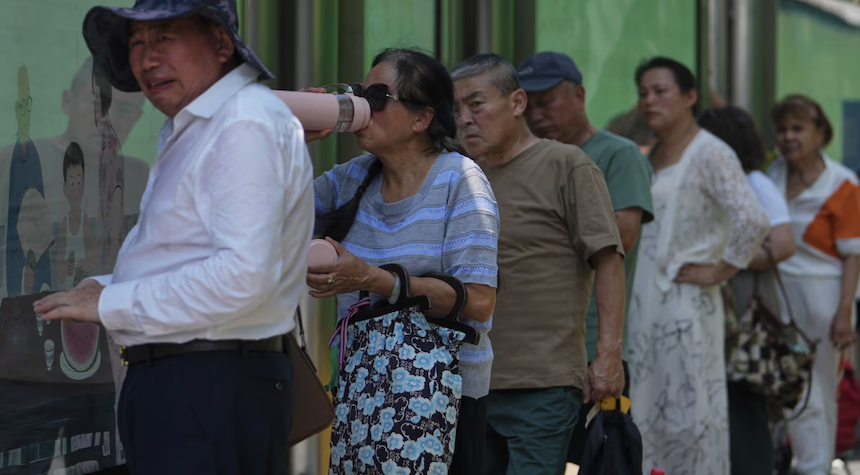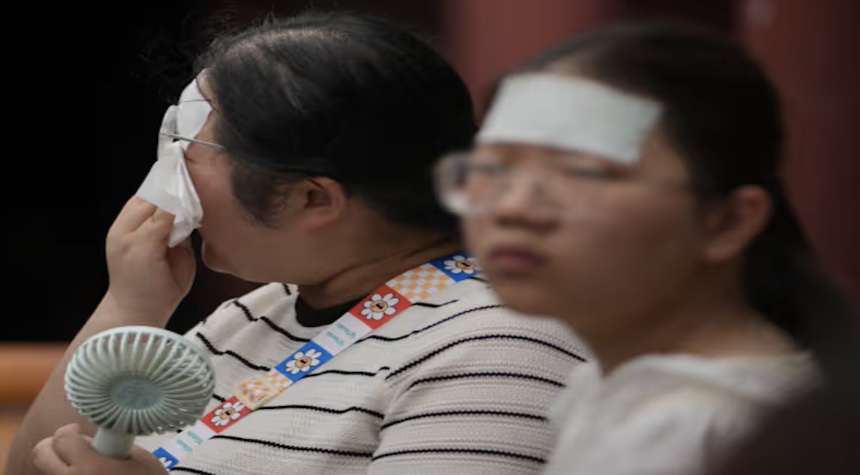China is currently grappling with an outbreak of the chikungunya virus, prompting authorities to implement a series of preventive measures. According to reliable sources, more than 7,000 cases have been reported as of Wednesday, with the manufacturing hub of Foshan near Hong Kong being the epicenter of the outbreak.
Chikungunya, a mosquito-borne illness causing fever and joint pain, poses particular risks to the young, the elderly, and those with pre-existing medical conditions. The Chinese government has responded with a multi-faceted approach, reminiscent of tactics employed during previous health crises.
Authorities are deploying a range of strategies to combat the spread of the virus. These include the widespread use of mosquito nets, the spraying of disinfectants in public areas, and even the deployment of drones to identify potential mosquito breeding grounds. Chinese state television has broadcast footage of workers applying disinfectant in city streets, residential areas, and construction sites.
A key manufacturing center in Foshan finds itself at the heart of this health crisis. The U.S. State Department has issued a travel advisory recommending that American citizens avoid visiting China’s Guangdong province, where Foshan and other important business hubs are located.

China’s response to this outbreak reflects a pattern of stringent measures. Since the 2003 SARS epidemic, Chinese authorities have developed a reputation for implementing what some nations consider overly aggressive tactics. In this instance, patients in Foshan are required to remain hospitalized for a minimum of one week. It’s worth noting that a brief two-week home quarantine policy was rescinded after it became clear that chikungunya cannot be transmitted from person to person.
Environmental factors have exacerbated the situation. Heavy rains and high temperatures, conditions typically associated with tropical regions, have contributed to an unusually severe outbreak in China this year. This raises important questions about the potential impact of changing climate patterns on the spread of mosquito-borne diseases.
Reports have emerged of unconventional methods being employed to control the mosquito population, including the use of fish that consume mosquito larvae and even larger mosquitoes intended to prey on virus-carrying insects. The efficacy of these approaches remains to be seen.
As this situation continues to unfold, it will be crucial to monitor the effectiveness of China’s containment strategies and their potential application in other regions facing similar health challenges.

